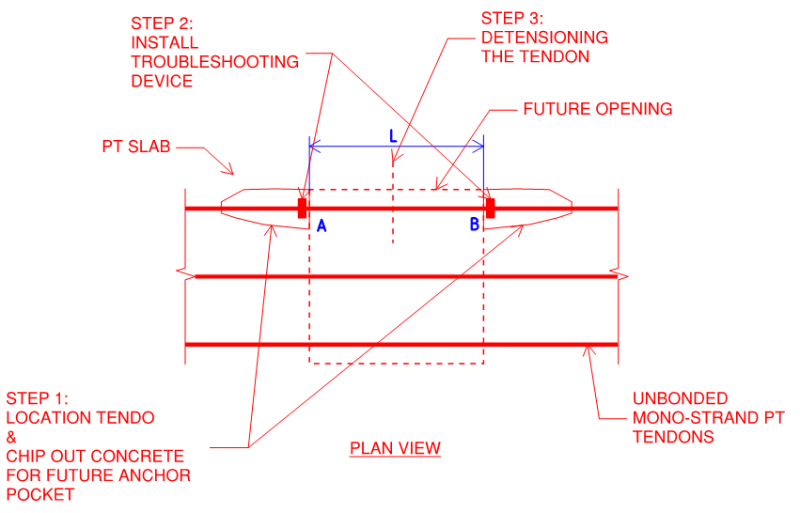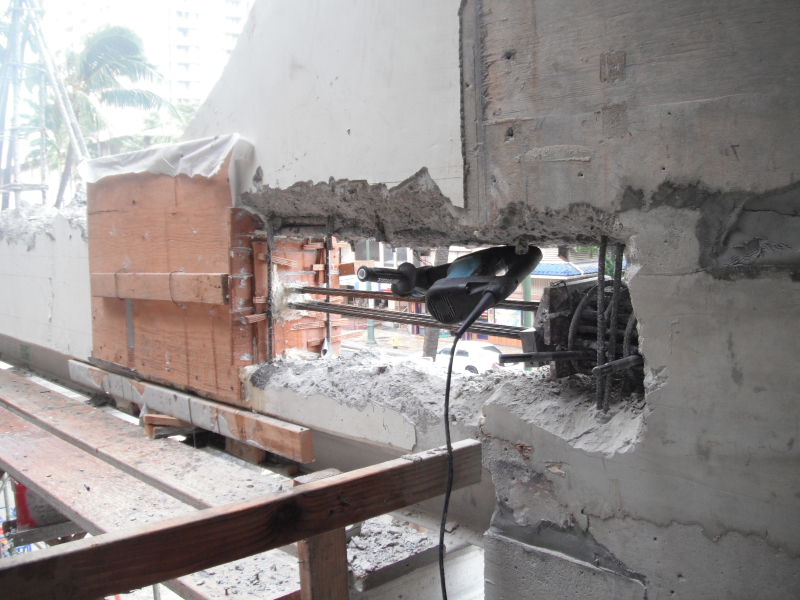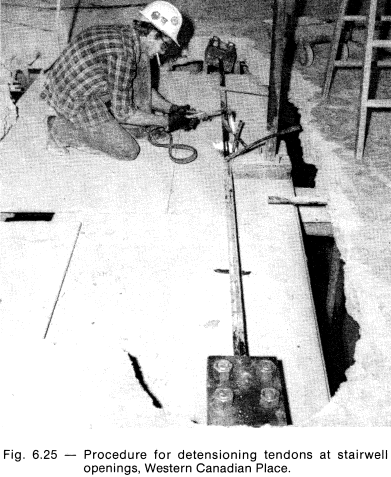The conventional method is to chip concrete, cut tendon, and then install new anchors, grout new anchor pockets and re-tension.
I'm wondering if there's an easier way. Anyone had success using this anchor troubleshooting device?
Thanks,
I'm wondering if there's an easier way. Anyone had success using this anchor troubleshooting device?
Thanks,



